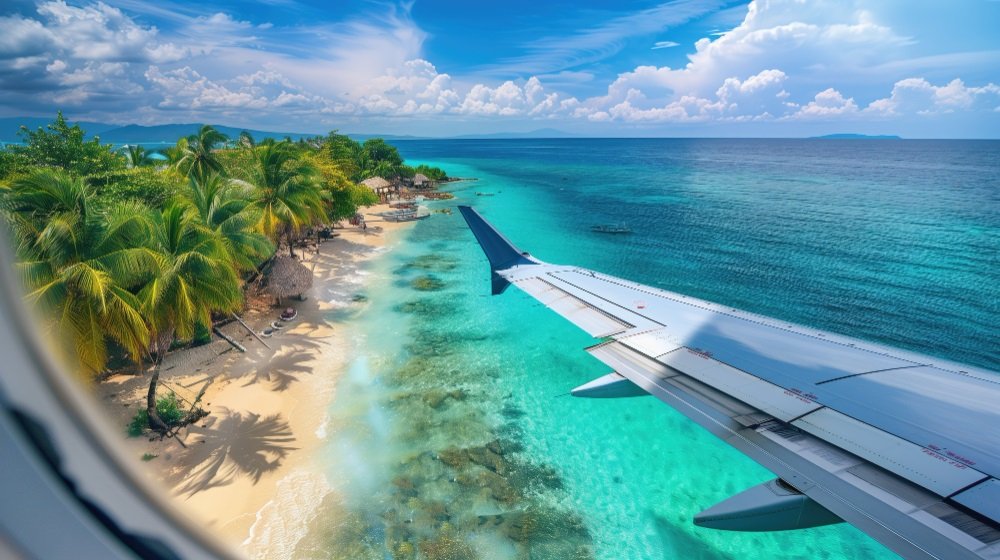Planning a trip to the majestic Serengeti National Park in Tanzania? Understanding the best time to visit is crucial for maximizing your wildlife viewing and overall experience. This guide explores the optimal periods to witness the incredible wildlife and landscapes of this iconic ecosystem.
Get ultimate traveler plannerBest Time for General Wildlife Viewing
The dry season, from June to October, is considered the best time for general wildlife viewing. During this period, the grasses are short, offering optimal visibility. Animals gather around waterholes, making spotting them easier. The dry conditions also trigger the great migration, allowing you to witness the awe-inspiring movement of over two million wildebeest and zebras.
The Great Migration
For wildlife enthusiasts, the annual migration is a highlight of a trip to the Serengeti. The migration takes place between the Serengeti and the Masai Mara in Kenya. The best time to witness the crossing is during the dry season, from July to October.
The short grass and clear skies during the dry season also make it ideal for birdwatching. Over 400 species of birds have been recorded in the Serengeti, including the majestic African fish eagle and the vibrant lilac-breasted roller.
Other Considerations
– The wet season, from November to May, offers a different experience with lush vegetation and fewer crowds.
– The southern Serengeti is best visited during the dry season, while the northern sector is more suitable for the wet season.
– Consider the cost of accommodation and activities during different times of the year.
Best Time To Visit Serengeti Tanzania
The Serengeti National Park, renowned for its vast grasslands and abundance of wildlife, experiences distinct weather patterns throughout the year, influencing the best time to visit. Understanding these patterns will help travelers plan their perfect safari.
Dry Season: June to October
Ideal for: Wildlife viewing, large mammal migrations, and clear skies.
The dry season is the most popular time to visit the Serengeti.
Temperatures are pleasant, averaging 25°C (77°F) during the day and dropping to 5°C (41°F) at night.
Grasslands are dry and dusty, making wildlife more concentrated around waterholes.
The annual migration of over 1.5 million wildebeest and 250,000 zebras reaches its peak during this period. (See Also: Best Time To Visit Sharm El Sheikh)
Activities:
Guided game drives
Hot air balloon rides
Cultural experiences with local Maasai tribes
Wet Season: March to May
Ideal for: Budget travelers, fewer crowds, and lush landscapes.
The wet season receives regular rainfall, resulting in lush vegetation and green landscapes.
While some game viewing opportunities are hampered by the rain, it encourages the breeding of many species.
This is the best time to witness the birth of calves and cubs.
Prices are often lower than during the dry season.
Activities:
Guided game drives
Cultural experiences with local villagers
Birdwatching
Green Season: November to February
Ideal for: Budget travelers, birdwatching, and witnessing wildlife in smaller groups. (See Also: Best Time To Visit Catalina Island)
The green season receives the least amount of rainfall, making it a good time for budget travelers.
The park is less crowded, offering a more peaceful experience.
This is the best time for birdwatching, with over 400 species recorded in the Serengeti.
Activities:
Guided game drives
Birdwatching
Cultural experiences with local villagers
Additional Considerations:
The best time to visit the Serengeti depends on your interests and budget.
The dry season is more expensive due to high tourist demand.
The wet season offers fewer crowds and lower prices.
The green season is ideal for budget travelers and birdwatchers.
In conclusion, the best time to visit the Serengeti depends on your travel preferences and what you want to experience.
For those seeking optimal wildlife viewing, the dry season from June to October is ideal. During this period, animals gather around watering holes, making spotting lions, elephants, and other predators much easier. However, it can also be crowded and prices are higher.
If you’re on a budget or prefer fewer crowds, the short rains from March to May offer a good compromise. The landscape is lush and green, and while wildlife viewing may be slightly more challenging, you’ll encounter fewer tourists and enjoy lower prices.
The long rains from November to February bring heavy rainfall and flooding, making some areas inaccessible. However, this is the best time to visit for budget travelers, as prices are at their lowest and the park is virtually empty. (See Also: Best Time To Visit Parc Guell)
Ultimately, the best time to visit the Serengeti is a personal decision. Consider your travel preferences, budget, and what you want to experience to plan your perfect safari adventure.
Best Time To Visit Serengeti Tanzania
When is the best time for wildlife viewing?
The dry season (June to October) offers the best conditions for wildlife viewing, as animals gather around watering holes and are more active in the open grasslands.
What is the best time for avoiding crowds?
The shoulder seasons (March-May and November-December) offer fewer crowds and more affordable prices than the peak season.
What is the best time for seeing the Great Wildebeest Migration?
The migration peaks between July and October, when large herds cross the Mara River.
What is the best time for experiencing the cultural aspects of the Serengeti?
The Maasai people offer cultural experiences and traditional ceremonies throughout the year, especially during the dry season.
What is the best time for budget-friendly travel?
The low season (January-February) offers the most affordable prices for accommodations and activities.


